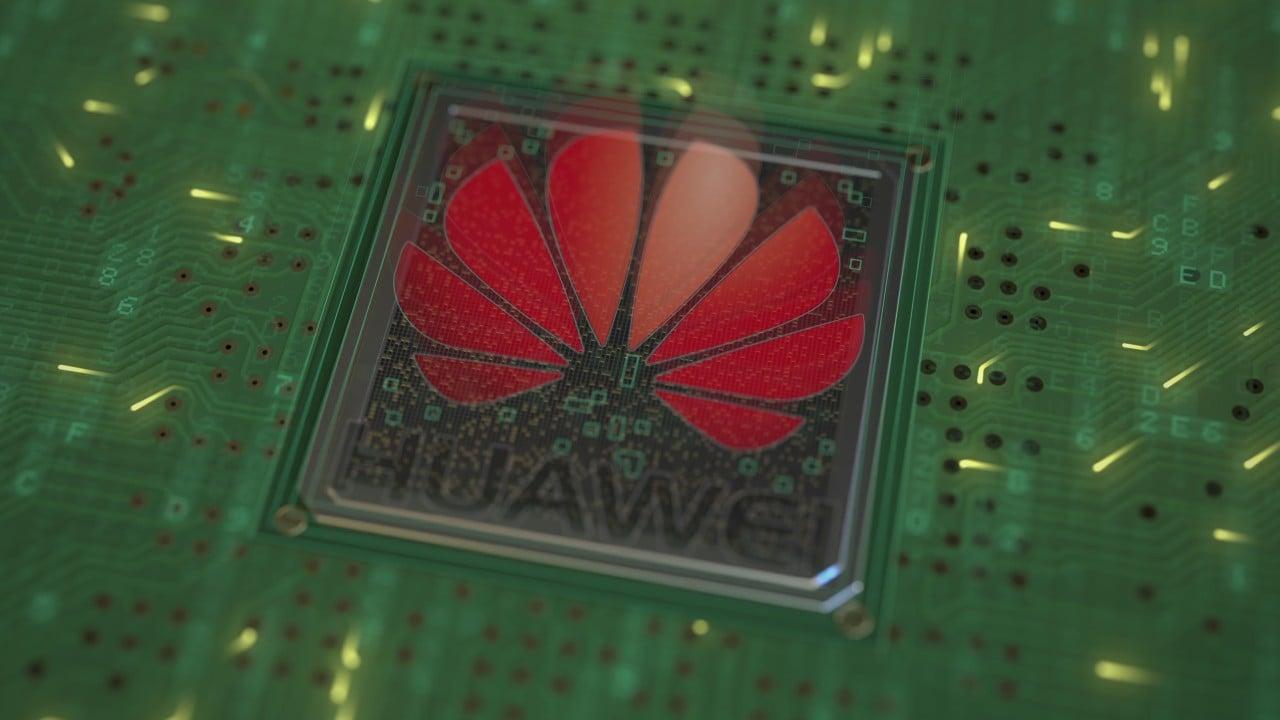
Huawei did not immediately reply to a request for comment on Wednesday.
As of the third quarter, the global market for smartphone system-on-a-chip shipments was led by MediaTek, Qualcomm and Apple, according to the Counterpoint report.
An illuminated billboard displays Huawei Technologies Co’s Kirin 990 flagship 5G system-on-a-chip at the company’s exhibition stand during the IFA consumer electronics show in Berlin, Germany, on September 5, 2019. Photo: Bloomberg
The latest industry data highlights the difficulties that Huawei, which operates in more than 170 countries, continues to go through three years after it was blacklisted by the US.
Before the tightened US sanctions, HiSilicon accounted for 16 per cent of the global chipset market share in the second quarter of 2020, according to Counterpoint data, on the back of its shipments of advanced Kirin chips used on Huawei’s smartphones.
The company’s latest flagship smartphones, which have 4G and satellite connections, are powered by Qualcomm chipsets.
Once China’s biggest smartphone vendor, Huawei has seen its market share fall in its home market. In the third quarter, the company remained out of the top-five vendor rankings in China, which was led by Vivo, Oppo, former Huawei budget handset brand Honor, Apple and Xiaomi, according to data from tech market research firm Canalys.


